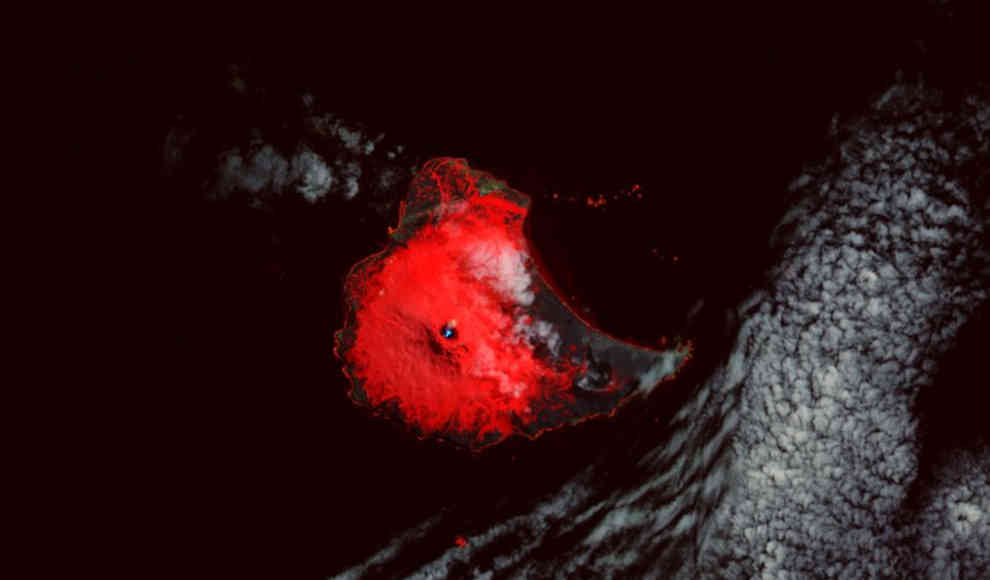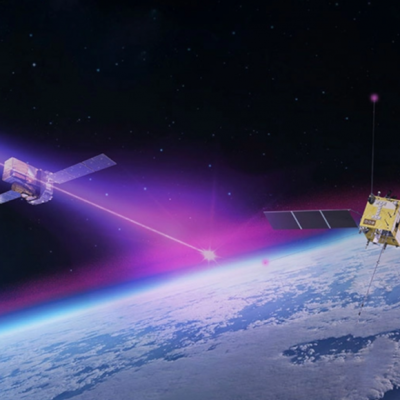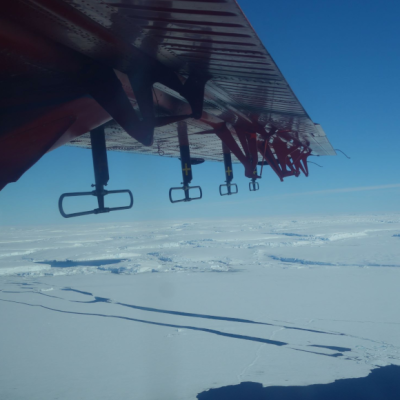NASA scientists have discovered a lava lake under the ice of Antarctica using satellite imagery. The lake, located in the Mount Michael volcano, is the seventh known lava lake in the world and is estimated to be up to 419 degrees Celsius. The discovery was made possible by high-resolution images taken by a NASA satellite, which captured the temperature anomalies in the area. The volcano is located on the British South Sandwich Islands, one of the most remote areas on Earth, making it difficult to study.
The lava lake was first suspected to exist in the 1990s, but the poor resolution of the cameras at the time made it impossible to confirm. The recent discovery was made possible by the Landsat 8 satellite, which used shortwave infrared light to capture the temperature differences in the area. The lake is estimated to be around 110 meters wide and covers an area of approximately 10,000 square meters. The discovery of the lava lake is significant as it adds to our understanding of the Earth’s geology and the potential for volcanic activity in the region.
While the discovery is exciting, scientists warn that the melting of the ice sheet in Antarctica could lead to increased volcanic activity in the region. There are at least 91 other volcanoes under the ice sheet, and the decreasing pressure from the melting ice could cause them to become active. This could lead to the destabilization of the ice sheet and have significant consequences for the planet. The discovery of the lava lake is a reminder of the importance of studying the Earth’s geology and understanding the potential risks associated with volcanic activity.










